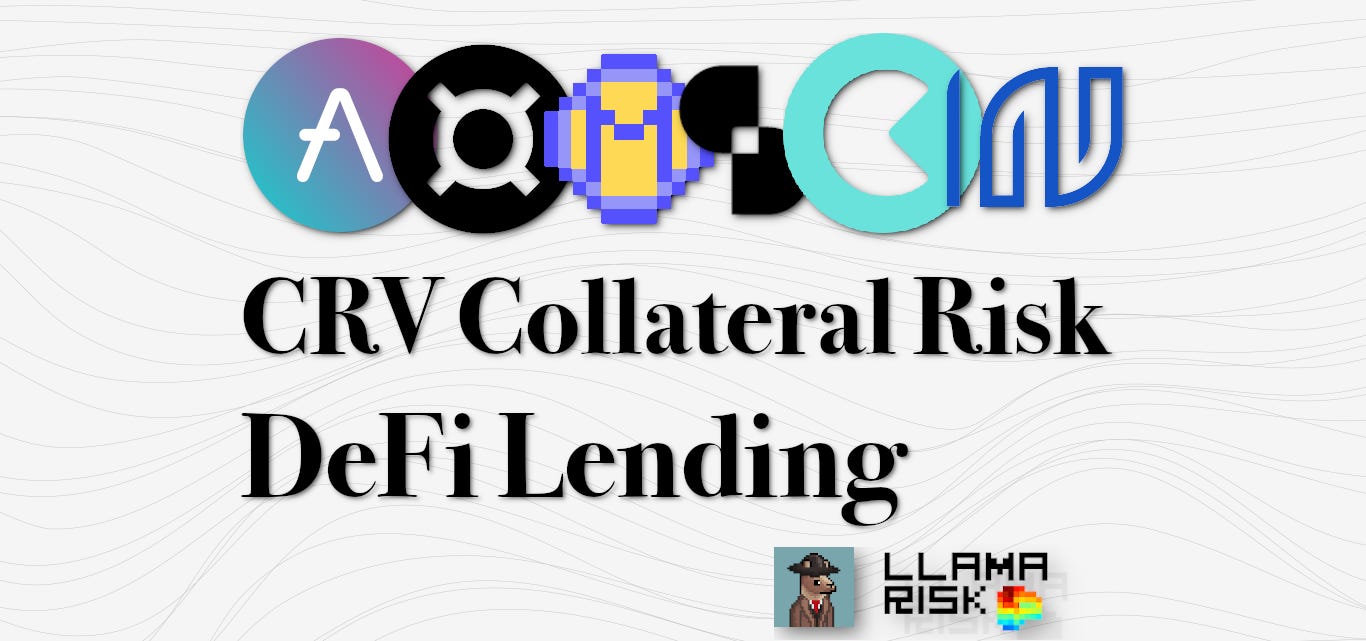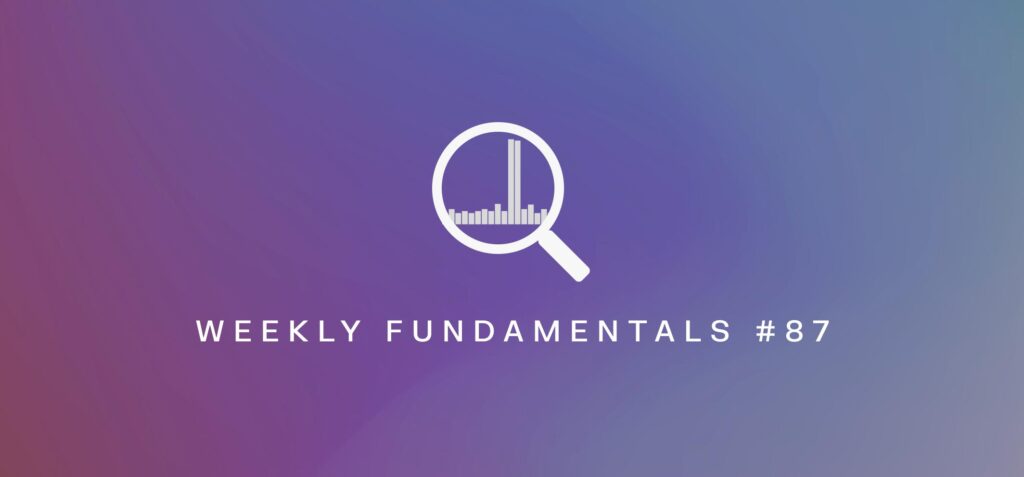Research Summary
The report discusses the impact of the Curve pool hack on the DeFi lending market, particularly the CRV token. It explores the responses of various DeFi platforms, including Aave, Abracadabra, Fraxlend, and Silo Finance, to the liquidity crisis caused by the hack. The report also examines the role of CRV as a collateral asset and the measures taken by these platforms to manage the associated risks.
Key Takeaways
Impact of the Curve Pool Hack
- Significant Losses: The Curve pool hack resulted in losses of over $70 million, causing panic and a decline in CRV price by over 30%. This impacted CRV liquidity and posed risks to DeFi lending markets.
- Shift in Liquidity: Following the hack, there was a significant increase in CRV tokens flowing into known exchange addresses, indicating a shift in liquidity away from the hacked CRV-ETH Pool.
- Recovery Efforts: The DeFi community initiated a rescue operation to recover stolen funds, but the CRV/ETH pool has not fully recovered. The TriCRV pool has regained approximately 40% of the previous CRV/ETH Curve pool TVL, showing a strong trajectory to recoup liquidity dominance.
Responses of DeFi Platforms
- Aave’s Approach: Aave executed a series of governance proposals to reduce exposure to CRV, including disabling CRV borrowing, reducing CRV Liquidation Threshold (LT), and freezing the CRV market. This led to a reduction in CRV supply and its use as collateral on Aave.
- Fraxlend’s Strategy: Fraxlend uses a PID controller for interest rates, allowing rates to respond to market dynamics without requiring governance intervention. It also incentivizes liquidations and prioritizes debt repayment over other lending protocols by gradually escalating interest rates for borrowers.
- Silo’s Response: Silo Finance has increased its exposure to CRV as other platforms offboard it. Its interest rate model sharply increases APR once a specified critical utilization rate threshold is breached.
- Abracadabra’s Measures: Abracadabra introduced the CRV cauldron, allowing users to borrow against CRV as collateral. However, all CRV was withdrawn within a week after MIM debt repayment, effectively nullifying Abracadabra’s CRV market.
CRV as a Collateral Asset
- Reevaluation of CRV: The hack and liquidity risks led to a reevaluation of CRV as a collateral asset across lending protocols, impacting CRV’s role as a collateral type in DeFi lending markets.
- Concentration on Centralized Exchanges: CRV liquidity on centralized exchanges is concentrated on Binance (~75%) and OKX (~15%), even after the overall quantity on exchanges increased significantly after the Curve hack.
- CRV Liquidity Crisis: The CRV liquidity crisis serves as a case study for risk management and good design practices for DeFi lending markets. Lending platforms are advised to be cautious when onboarding CRV as collateral to avoid similar pitfalls in the future.
Actionable Insights
- Adopt Adaptive Interest Rate Mechanisms: DeFi platforms should consider adopting adaptive interest rate mechanisms, like Fraxlend’s PID controller, to respond to market dynamics without requiring governance intervention.
- Manage Exposure to Volatile Assets: Platforms should manage their exposure to volatile assets like CRV to mitigate the risk of cascading liquidations. This can be achieved by implementing measures such as disabling borrowing, reducing liquidation thresholds, and freezing markets.
- Encourage Diversification of Liquidity: To establish CRV as a quality collateral type, it is important to foster CRV markets on Curve and alternative venues, while also pairing it with assets that facilitate liquidations and reduce liquidity concentration.













